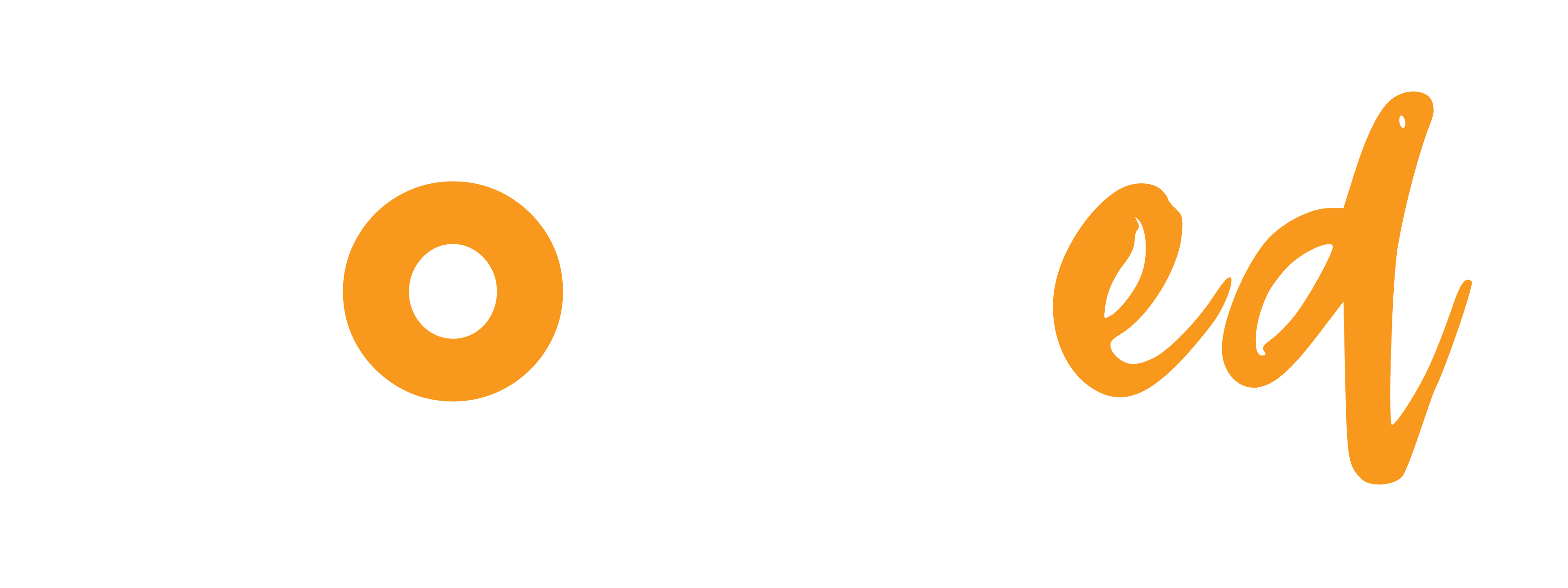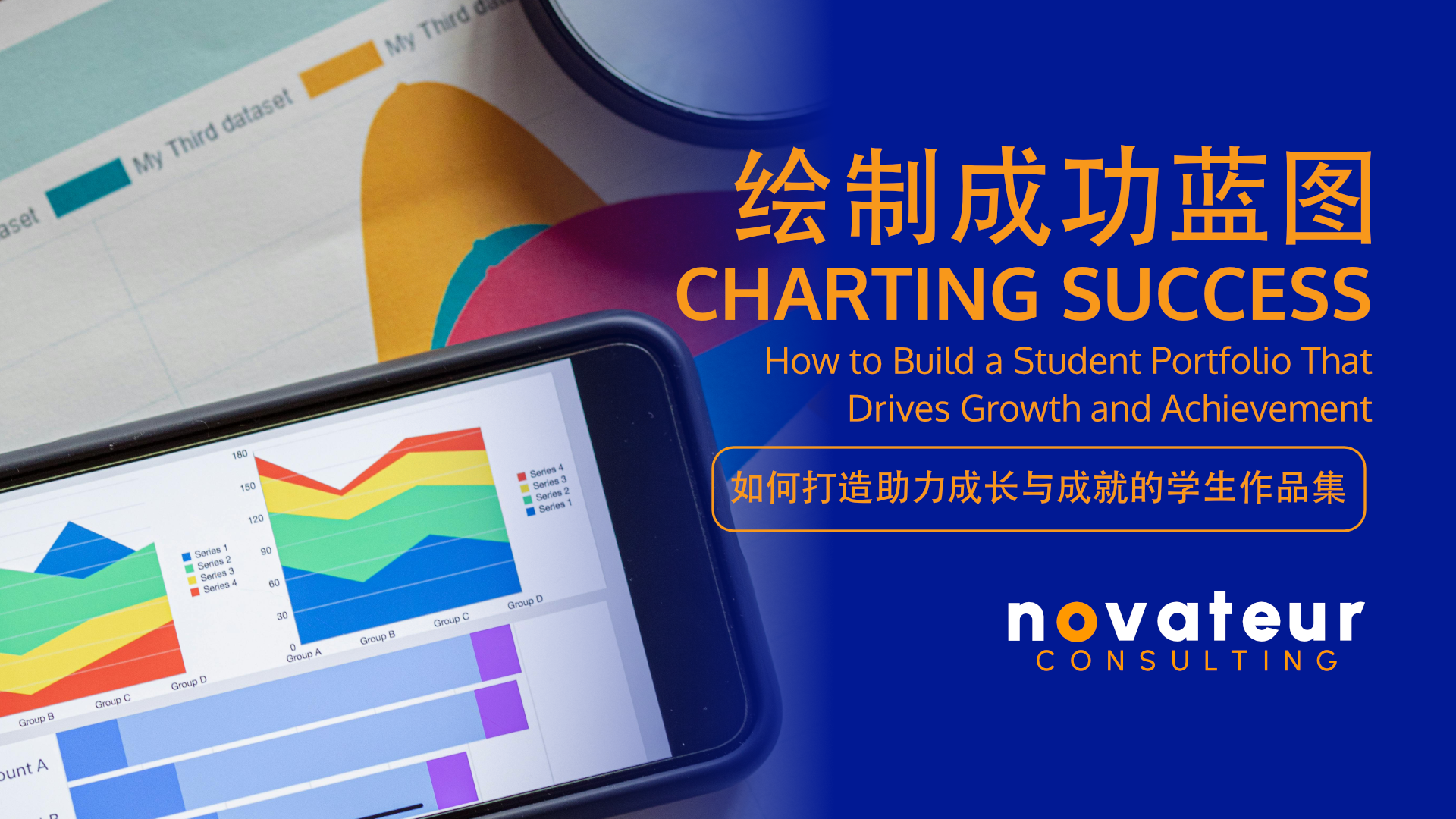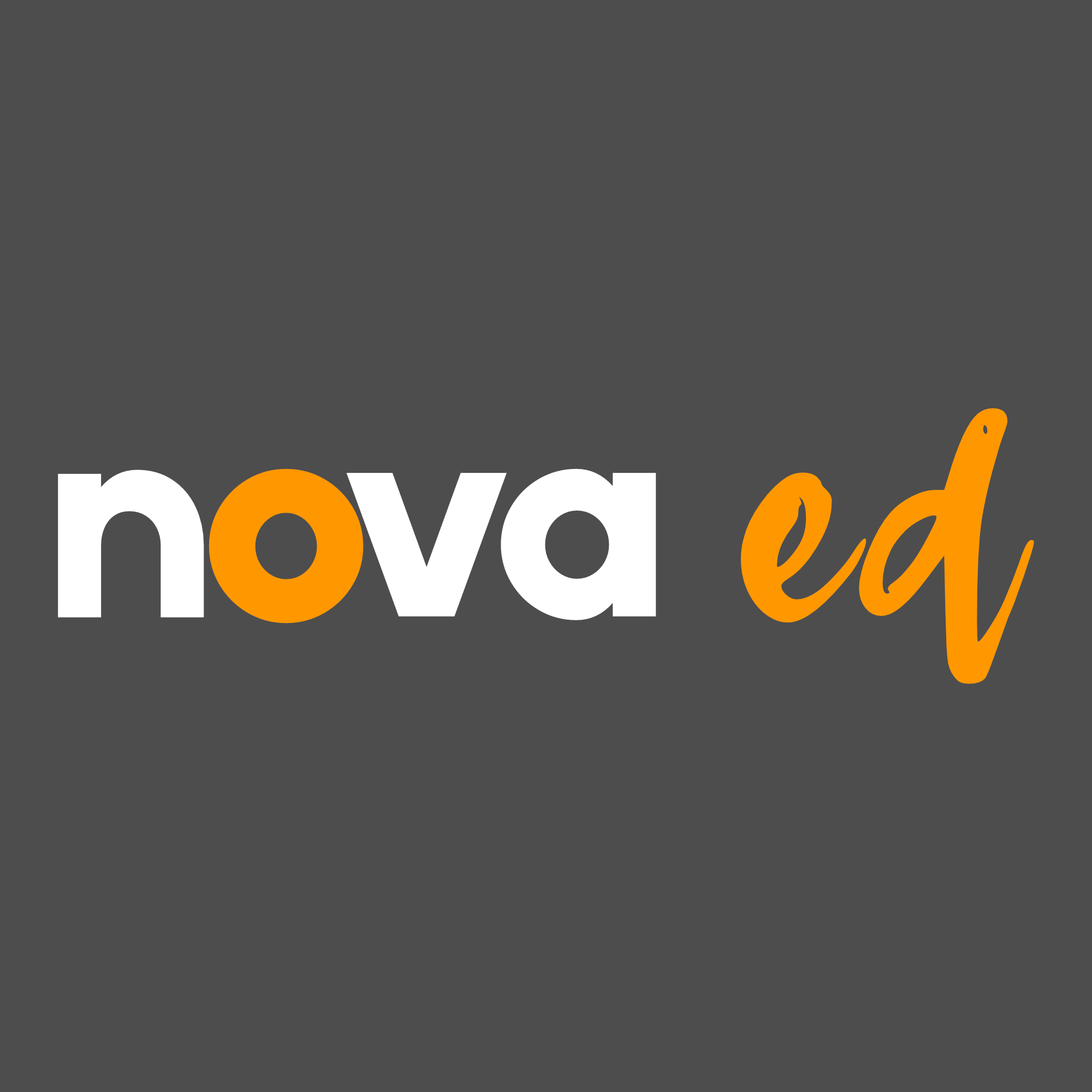Charting Success: How to Build a Student Portfolio That Drives Growth and Achievement
02, Sep 2025
51
Building a strong student portfolio is a transformative journey that serves far more purposes than simply gathering work samples for college applications. At Novateur Consulting, we emphasize that a comprehensive portfolio is a strategic asset for every learner-one that supports academic advancement, nurtures motivation, and provides a clear roadmap toward educational and personal goals. In today’s dynamic educational landscape, portfolios have evolved into essential tools for self-assessment, reflection, and future planning.
Understanding the Student Portfolio
A student portfolio is a curated, organized collection of a learner’s work that documents academic, creative, and personal growth over time. This collection can take many forms-physical binders, digital platforms, or hybrid models-but its core purpose remains the same: to provide a holistic, evidence-based narrative of a student’s journey. Unlike traditional report cards or transcripts, portfolios offer depth and context, showcasing not just what a student has achieved but how they have grown, adapted, and responded to challenges.
Strategic Benefits of a Portfolio
1. Evidence of Learning and Growth
A well-maintained portfolio offers tangible proof of a student’s evolving abilities. It captures the nuances of progress that standardized tests and grades often miss-such as creativity, critical thinking, problem-solving, and perseverance. By including drafts, revisions, and final products, portfolios illustrate the learning process and highlight the value of effort and resilience.
2. Motivation and Engagement
When students know their work will be reviewed, reflected upon, and possibly shared with others, they are more likely to invest time and effort into producing high-quality outcomes. The act of curating and presenting their best work fosters a sense of pride and accomplishment, which, in turn, fuels intrinsic motivation. Portfolios also allow students to revisit past successes and milestones, reinforcing their confidence and determination to reach new heights.
3. Self-Assessment and Reflection
Portfolios are powerful tools for self-reflection. By regularly reviewing their work, students gain insight into their strengths, identify areas for improvement, and develop a growth mindset. Reflection entries encourage learners to ask critical questions: What did I learn from this project? How have my skills improved? What challenges did I overcome, and what strategies worked best? This metacognitive process is essential for lifelong learning and adaptability.
4. Goal Setting and Pathway Planning
A portfolio is not just a record of past achievements-it is a living document that helps students chart their future. By setting goals, tracking progress, and adjusting strategies, learners can create a clear, actionable plan for reaching their educational aspirations. This ongoing process of goal setting and review ensures that students remain focused, organized, and proactive in their learning journey.
5. Preparation for Future Opportunities
Colleges, universities, and employers increasingly value portfolios as authentic demonstrations of skills, creativity, and initiative. A well-organized portfolio can set a student apart in competitive application processes, providing a multidimensional view of their capabilities and character. Beyond admissions, portfolios also help students develop essential skills in organization, communication, and self-presentation assets that will serve them well in any professional context.
Best Practices for Building and Maintaining a Portfolio
Define Clear Purpose and Goals
Start by clarifying the primary objectives of the portfolio. Is it intended for college admissions, personal growth, or skill development? Setting clear goals will guide artifact selection, organization, and reflection, ensuring the portfolio remains focused and impactful.
Empower Student Choice and Ownership
Encourage students to take ownership of their portfolios by allowing them to choose the platform (digital or physical) and organizational structure that best suits their needs and preferences. This autonomy fosters engagement, responsibility, and a deeper connection to the learning process.
Curate and Organize Thoughtfully
Effective portfolios are thoughtfully curated, including a balance of work-in-progress, exemplary pieces, and reflective entries. Logical organization-whether chronological, thematic, or skill-based-enhances clarity and allows viewers to easily follow the student’s development.
Embed Reflection and Feedback
Regular reflection is crucial for meaningful growth. Students should assess their strengths, acknowledge challenges, and set new goals based on feedback from teachers, peers, and self-assessment. This iterative process cultivates a growth mindset and encourages continuous improvement.
Leverage Digital Tools for Flexibility and Accessibility
Digital portfolios offer significant advantages, including multimedia integration, easy sharing, and ongoing updates. Platforms such as blogs, websites, or dedicated portfolio apps provide versatile solutions for students at any stage of their educational journey.
Types of Student Portfolios
- Showcase Portfolios: Highlight best work and achievements, ideal for college or scholarship applications.
- Growth Portfolios: Document learning over time, emphasizing progress and development.
- Reflective Portfolios: Focus on self-assessment and personal growth through regular reflection entries.
- Hybrid Portfolios: Blend elements of showcase, growth, and reflective portfolios for a comprehensive view.
Practical Applications and Examples
A digital portfolio might include videos of presentations, scanned artwork, or audio recordings of language practice, providing a rich, interactive experience for reviewers. Team portfolios can document collaborative projects and peer evaluations, while physical portfolios are well-suited for younger students or hands-on disciplines. Regardless of format, the key is to ensure the portfolio tells a compelling story of the student’s journey.
Long-Term Impact: Building a Pathway to Success
A strong portfolio is more than a static archive-it is a dynamic tool for lifelong learning and achievement. By systematically tracking progress, reflecting on feedback, and setting evolving goals, students build habits of self-assessment, organization, and strategic planning. These skills are invaluable not only for academic success but also for personal and professional growth.
For educators and institutions, portfolios provide actionable insights into student needs, curriculum effectiveness, and instructional impact, supporting data-driven decision-making and continuous improvement.
Conclusion
At Novateur Consulting, we advocate for the integration of student portfolios as a cornerstone of modern education. They empower students to take ownership of their learning, provide authentic evidence for future opportunities, and foster a reflective, growth-oriented mindset. By following best practices in portfolio development, students and educators alike can unlock new pathways to achievement, motivation, and long-term educational success. A well-built portfolio is not just a requirement, it is a strategic advantage, a source of inspiration, and a roadmap to realizing one’s full potential.
share Share now








